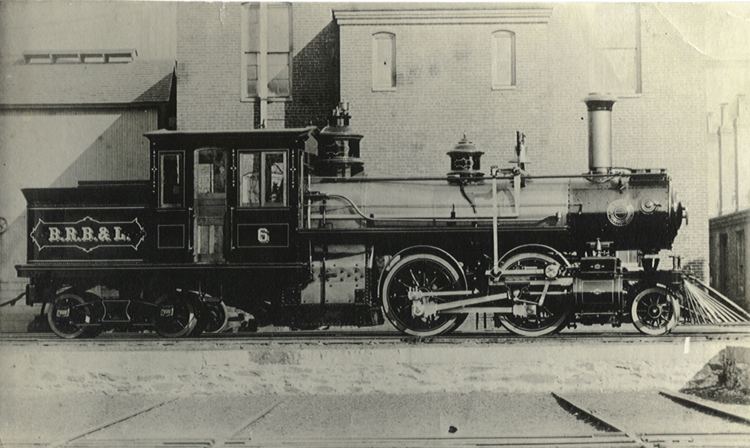 | ||
In Whyte notation, a 2-4-4 is a steam locomotive with two unpowered leading wheels followed by four powered driving wheels and four unpowered trailing wheels. It is known as the Mason.
Contents
Equivalent classifications
Other equivalent classifications are:
The equivalent UIC classification is 1'B2' (or (1'B)'2' for a Mason Bogie).
Examples
This unusual wheel arrangement does not appear to have been used on the mainline railways in the UK. It was however one of the configurations used on the Mason Bogie articulated locomotives, in the USA during the 1870s and 1880s. Five examples were constructed at the Mason Machine Works for the narrow gauge Boston, Revere Beach and Lynn Railroad 1883-1887. The railway subsequently received twenty-one further examples between 1900 and 1914, constructed by the Taunton Locomotive Manufacturing Company, Manchester Locomotive Works, and ALCO. Developmentally, there are two logical ways of reaching this wheel formula: to add a forward axle to a Forney locomotive to improve its ability to negotiate curves, or to add a second trailing axle to a Columbia design, notably in a 2-4-4(T) configuration to expand its coal capacity.
Four 2-4-4T passenger locomotives were built by the Czechoslovak Škoda for Lithuania in 1932 and marked as Tk class. They were seized by the USSR in 1940, then by the Germans. One was used after World War II in Poland as the OKf100-1 until 1950.
Other tank locomotives with 2-4-4T arrangement:
